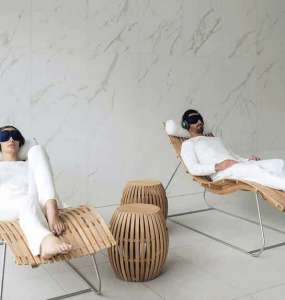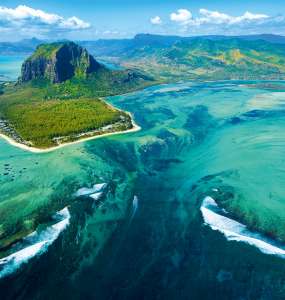Normandy The Northern Gem of France
Three hours by car from Paris, and you are in Normandy, which is equally beautiful and full of stories to be told. What not to miss on your visit?
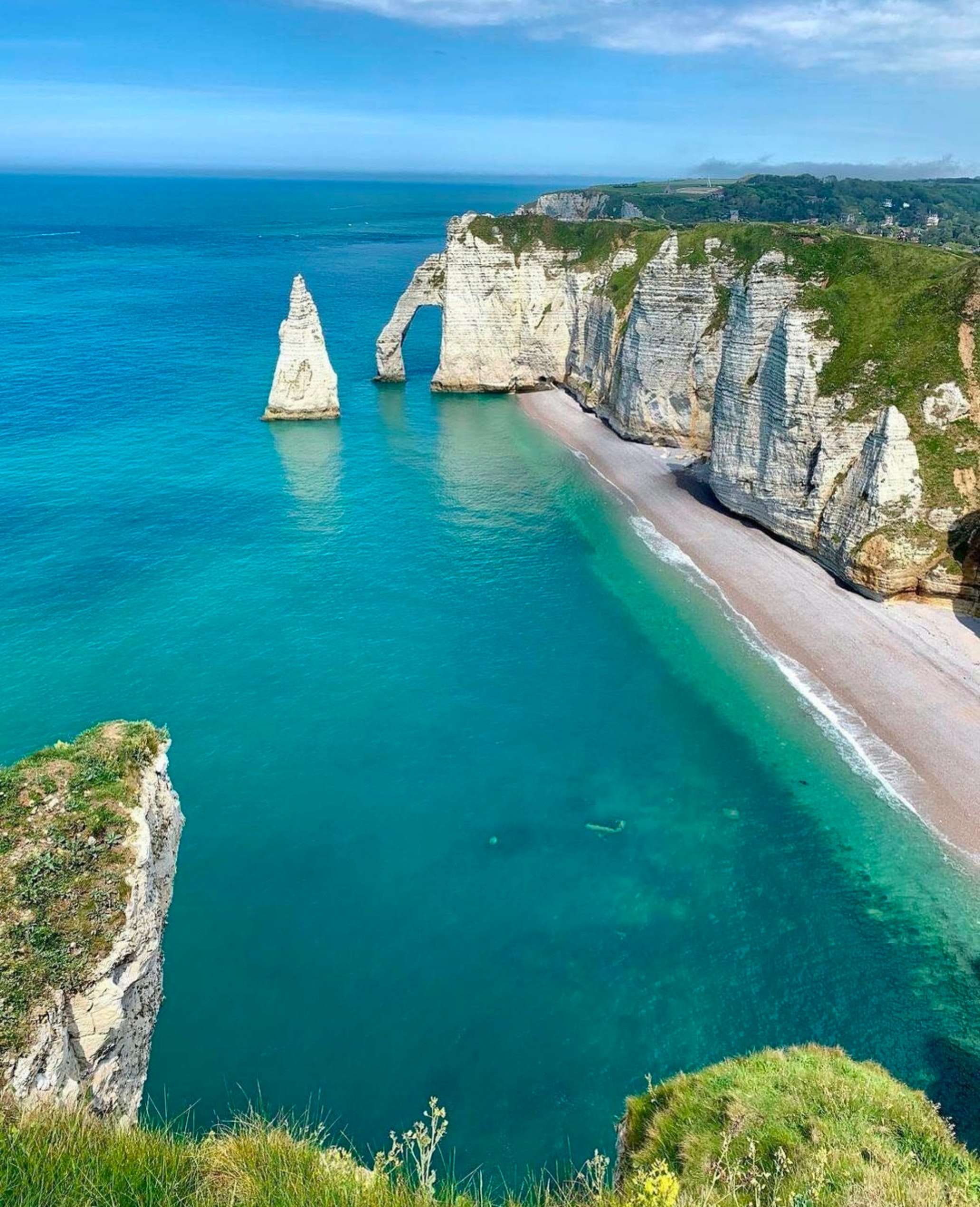
©Khadija Naaz / Pexels
Rouen
The historic and cultural capital of Normandy captures your attention in many ways. First, Rouen is the birthplace of Gustave Flaubert. You can find his museum, his hotel and even his bridge here. The writer rarely left his home city, and you can trace his life in the streets of Rouen. For instance, the hotel in which Emma and Léon from “Madame Bovary” enjoyed their passionate “honeymoon” is a Hôtel de Bourgtheroulde, where you can stay.
Flaubert took a lot of inspiration from Rouen Cathedral, being in awe of its intricate stained-glass window of Saint Julian. He was not the only one impacted by the masterpiece. Claude Monet dedicated a series of 30 paintings to the cathedral. For two years in a row the artist rented a studio in front and depicted its facades in different hours and weather. He was working on several canvases at the same time, trying to capture the momentary effects of light and shadow.
.jpg)
The cathedral embodies a millennium of history. By 1880, being 151 meters tall, it was the highest building in the world, and it is still the highest cathedral in France. Try to visit Rouen from the 3rd June to the 17th September, when the facades of the cathedral every evening become a setting for an incredible Light Show. Dazzling illumination, fantastic music and two fascinating stories make the performance unforgettable.
Don’t miss the Museum of Fine Arts with its second-largest collection of impressionist paintings in France. You will see works of Perugino, Gerard David, Paolo Veronese, Rubens, Van Dyck, Degas, Delacroix, Monet and many more.
.jpg)
Another city highlight is the traditional timber frame houses in its downtown. They were built between the 14th and the 16th century. There are about 2,000 of them and they look really charming. In the very center you will see a Renaissance-period arcade and a beautiful astronomical clock on it. It's called Le Gros Horloge, and it was installed in 1389. Its dial is 2,5 meters wide and faces both eastern and western sides.
For its outstanding cuisine Rouen was recognized as a UNESCO City of Gastronomy and became the first city in France to get such distinction. The oldest inn in France, called La Couronne, is here. Established in 1345, it is the venue in which the American chef Julia Child first tasted real French cuisine and decided to cook French food ever since. And you can watch “Julia & Julia” film for a dose of inspiration.
There are many other fascinating eateries, like Yugo, where you will embrace the world of Nikkei food. You will find your perfect pizza in Pagani and the vastest array of risottos in France in Papa Risotto. And fine cuisine is waiting for you in L’Odas.
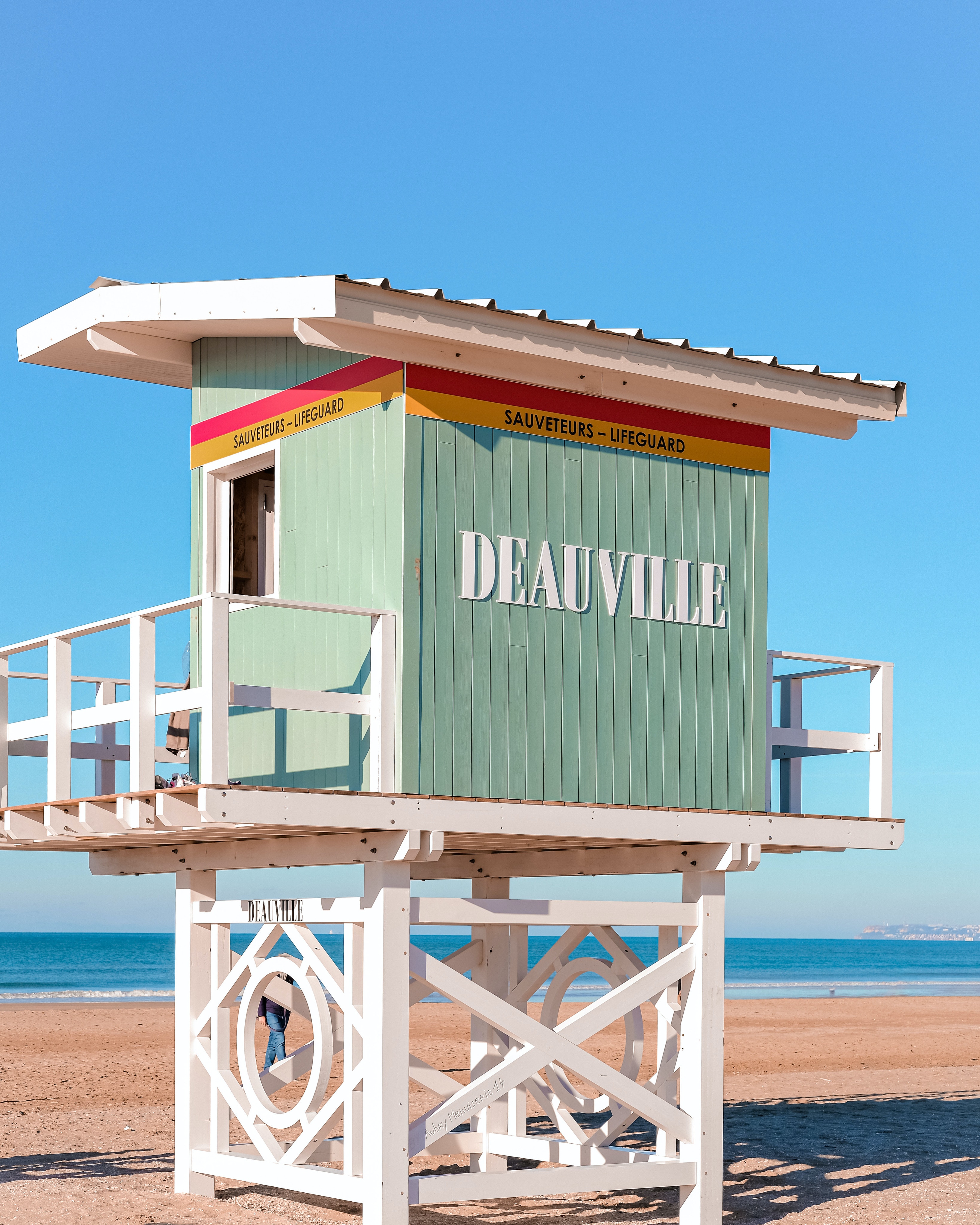
©Jubéo Hernandez / Unsplash
Deauville
This resort was once a chic weekend refuge of the Parisian nobility. But few would sunbathe or swim then. On the beach holiday makers were just as properly dressed, as in town. Even on a hot day women would wear corsets and multi-layered skirts and hide from the sun under parasols and tents. But in the summer of 1913 they started to breathe more freely, and all thanks to Coco Chanel. That year she opened a boutique in Deauville and was modeling outdoors in her casual jersey sweaters, striped shirts, sailor pants. She brought a sea change to the notion of beach holidays as such.
Today, everyone can make the most of the sun and the sea in Deauville. The local beach is so wide that even in high season you will have plenty of space. Walk along the famous promenade Les Planches with beach cabins, named after those Hollywood actors and filmmakers who attended Deauville.
.jpg)
The resort has been associated with the cinema world after the release of “A Man and a Woman” by Claude Lelouch in 1966. The film was set here, and some episodes were staged at Le Normandy hotel, regarded the best in town. Today, the link to Hollywood is even tighter. You can see all the movie stars smiling as they walk along the red carpet on the days of the Deauville American Film Festival, the only European festival of such scale. It attracts all Hollywood stars and representatives of independent film studios. Hundreds of premieres are on display round the clock, which is also unique.
Glitzy events, luxurious hotels and top-of-the-range brands make Deauville a northern counterpart of Côte d’Azur. The resort holds international exhibitions, car racing and equestrian shows. There are two golf courses, tennis courts, air club, rope park, thalassotherapy center and saltwater Olympic pool heated to 28 ºC.
Mont-Saint-Michel
The second most visited place in France after Paris and a UNESCO Heritage site, the Mont-Saint-MichelAbbeyis located on the island 600 meters off the shore. Its construction started in 708 and took 1,300 years.
Since 966 there has been a residence of the Benedictines. It was an important religious center and a place of pilgrimage. Even English and French rulers came here to bow before the shrine. In the days of the French Revolution and until 1863 Mont-Saint-Michel served as a prison for political offenders. Many influential people, among which was Victor Hugo, spoke against that unenviable status. Later the abbey became a historical monument.
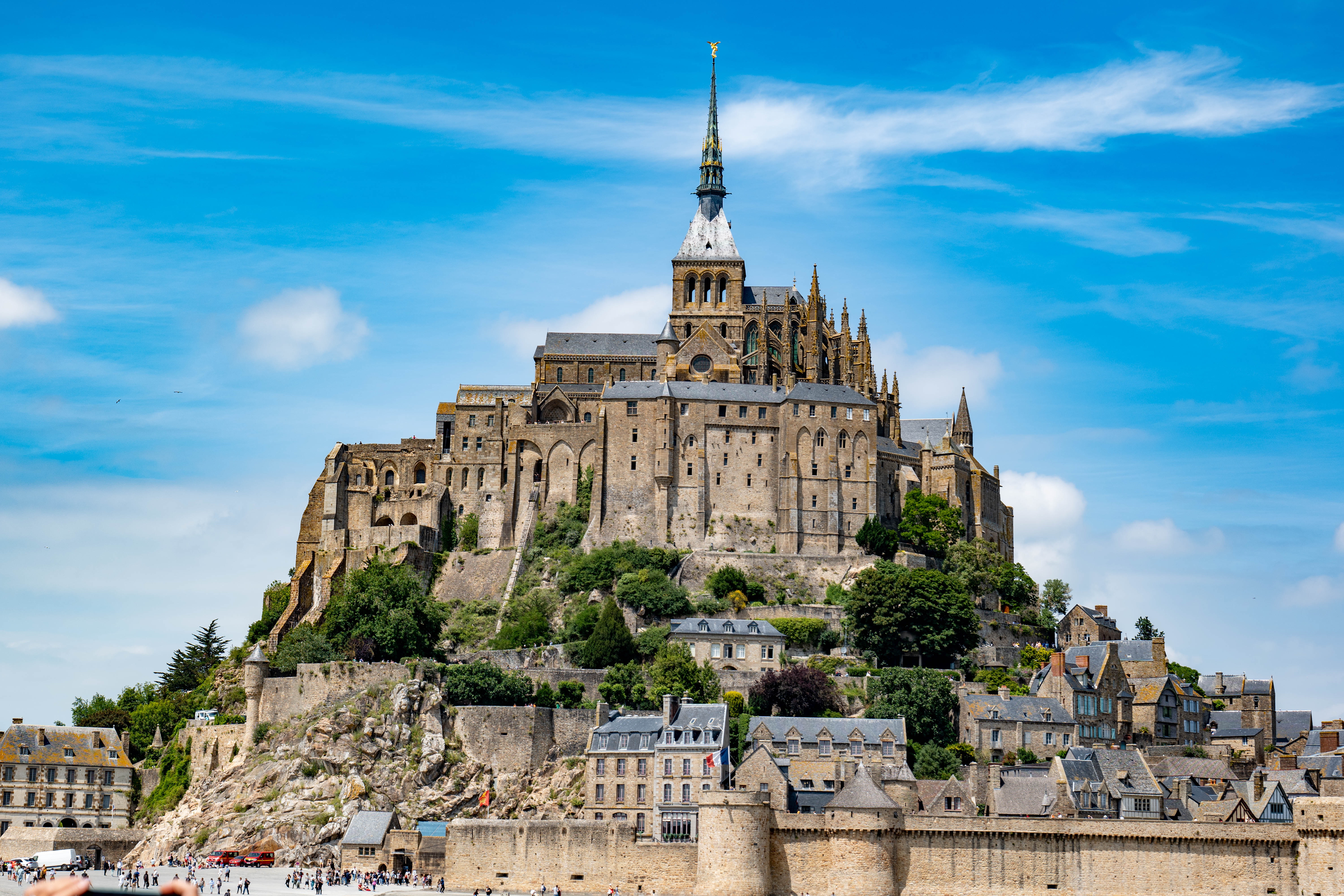
© Gérard Pitois / Pexels
Today, behind its walls you will find a town with mazes of streets, lined with souvenir shops, hotels, cafés and restaurants.
What makes the island particular is the fact that here you can witness the highest tides in continental Europe. The difference between low and high tides can reach up to 15 meters.
Another interesting fact is that Mont-Saint-Michel has a “twin” on the other side of the English Channel, and it is called Saint Michael’s Mount.
Étretat
The town of Étretat is part of the so-called Alabaster Coast (The Côte d’Albâtre) which stretches for 130 kilometers along the English Channel. You can easily recognize it by the vertical cliffs and arches, masterfully carved by the ocean. Caves and bays fringe its shores.
.jpg)
©Ignacio Giri / Unsplash
You can watch these landscapes while cruising or walking up the trail that takes you from the beach to the viewing platform atop. No matter what you choose you will definitely be stunned by the scenery. Monet was so charmed by this exceptional beauty that he depicted it on 50 canvases from October to December 1885. If you want to know more about his life and art, visit his home village of Giverny, also in Normandy.
Another attraction of Étretat is its legendary same-named public garden, created in 1903 and transformed in 2016. The garden consists of 7 sections and is a kind of experimental space with its versatile plants trimmed in diverse ways, forming mazes and waves, cascading towards the sea.
Fécamp
The historic seaside town of Fécamp is famous as home of the Dukes of Normandy and a birthplace of the Benedictine liqueur. Many tourists start their visit with the Benedictine Palace, whose story is closely connected to the herbal drink. Its recipe with 27 plant ingredients was founded by a Venetian monk in 1510. Its initial purpose was a healing one. In times of the French Revolution the formula was lost, and only in 1863 the wine-trader Alexandre Le Grand managed to find, decipher and improve it. His herbal liqueur had 75 ingredients and in the blink of an eye achieved popularity all over the world.
It was Le Grand who built the Benedictine Palace and placed the liqueur factory on its premises. Being an art connoisseur and collector, he made it also a marvelous museum. Part of its collection are spectacular religious works from the 15th and the 16th centuries. So you can combine a distillery tour, tasting and art-watching in one visit.
.jpg)
The original version of the Benedictine liqueur was produced in the Abbey of the Holy Trinity – the medieval church, also in Fécamp. Among its treasures are the stained-glass windows of the 14th century, the 16th century Italian-style balustrades and a gilded wooden baldaquin of the 18th century.
.jpg)
Among other attractions are the Fisheries Museum, Chocolate Factory and the oldest bookshop in Normandy – Librarie Banse (1833) with 45,000 editions.
Cherbourg-Octeville
“The Umbrellas of Cherbourg” first come to mind when someone mentions Cherbourg. This romantic drama with music and lyrics by Michel Legrand was completely staged in the city. And, indeed, there is an umbrella factory called Le Véritable Cherbourg, where exclusive umbrellas are manufactured. They are made by hand, following the highest standards. The factory with all its manufacturing facilities is open to tourists.
Another place worth visiting is the exceptional aquarium La Cité de la Mer which consists of 17 sections, including 11 meters in depth. You can find all the species: from the smallest creatures to whales there. A separate pavilion is dedicated to submarines, another one – to the Titanic. The collection of the latter houses artefacts that are exhibited in Europe for the first time: jewelry, a book, cards, telephone, accessories and other Belle Époque objects.
Normandy is full of treasures, both cultural and natural ones, and it is waiting for you to discover them all.

